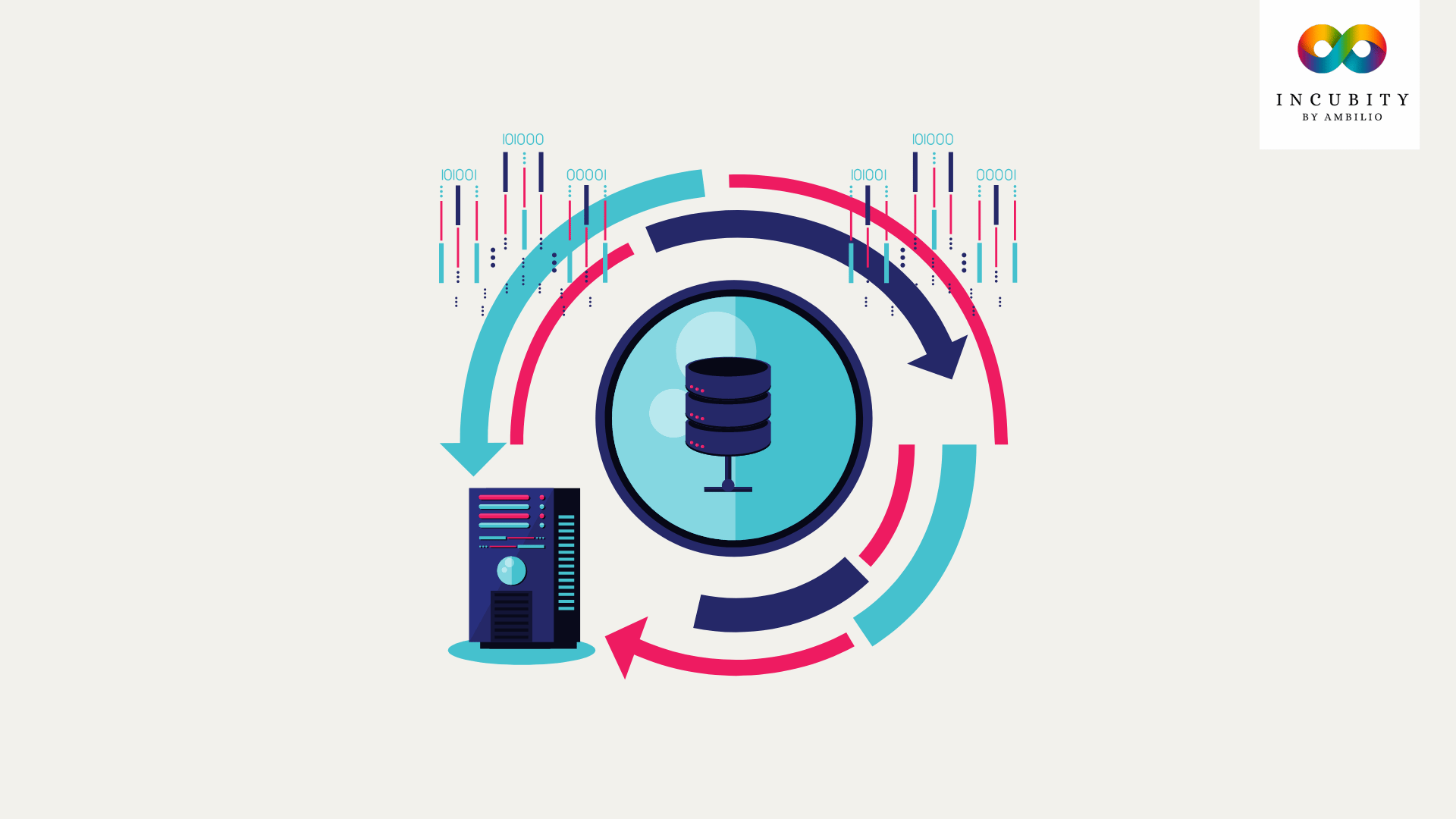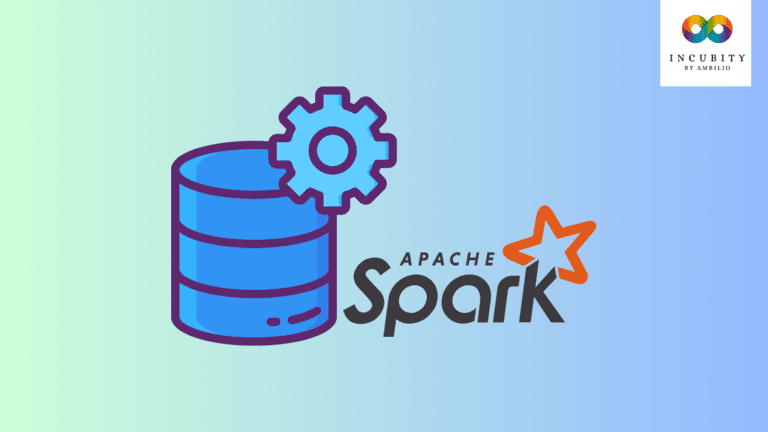DataOps is a methodology that focuses on streamlining and optimizing the entire data pipeline within an organization. It is a collaborative approach that integrates data engineers, data scientists, analysts, and other stakeholders to automate and streamline the data pipeline from source to consumption.
DataOps evolved from DevOps, which is a methodology that aims to improve software development and delivery by enhancing collaboration, automation, and communication between development and operations teams. DataOps applies the same principles to the data pipeline, with a focus on agility, continuous delivery, and collaboration between teams.
DataOps is gaining popularity as organizations face challenges with managing and analyzing large amounts of data, dealing with data silos, and ensuring data quality. The exponential growth in data volume, variety, and velocity has made traditional approaches to data management and analytics ineffective, resulting in delays, errors, and poor data quality.
DataOps provides a solution to these challenges by adopting an agile and iterative approach to data management and analytics, with a focus on collaboration, automation, and continuous improvement. By embracing DataOps, organizations can accelerate data delivery, improve data quality, and enhance collaboration between teams, leading to better business outcomes.
The DataOps Process
The DataOps process involves a series of steps that are designed to streamline the entire data pipeline from source to consumption. Here are some of the steps involved in the DataOps process:
- Data Ingestion: The first step in the DataOps process is to ingest data from various sources into a centralized repository. This may involve extracting data from various databases, APIs, files, and streaming sources.
- Data Processing: Once the data is ingested, it needs to be processed to ensure that it is clean, consistent, and relevant. This may involve data cleaning, data transformation, and data enrichment.
- Data Storage: The processed data is then stored in a data warehouse or a data lake, where it can be accessed and analyzed by various stakeholders.
- Data Analytics: The data is analyzed to extract insights and generate reports that can be used by business users to make data-driven decisions.
- Data Delivery: The final step in the DataOps process is to deliver the data to end-users, either through dashboards, APIs, or other interfaces.
There are tools are required in the DataOps process. These tools that are used in the DataOps process include data integration tools, data warehousing tools, data processing tools, and data visualization tools. Some common examples include Apache Kafka, Apache NiFi, Apache Spark, and Tableau.
Stakeholders who participate in the DataOps process include data engineers, data scientists, data analysts, business users, and IT operations teams. By bringing these stakeholders together and streamlining the data pipeline, DataOps can reduce the time it takes to deliver data to end-users. This, in turn, helps businesses to make data-driven decisions faster, leading to better outcomes.
The Benefits of DataOps
There are several benefits of implementing DataOps in an organization. Here are some of the advantages:
- Improved Data Quality: DataOps helps to ensure that data is clean, consistent, and relevant. By automating data processing and testing, DataOps reduces the risk of errors and inconsistencies in the data.
- Faster Data Delivery: DataOps enables organizations to accelerate the delivery of data to end-users. By automating the data pipeline and reducing manual intervention, DataOps can help organizations deliver data in near real-time.
- Increased Collaboration Between Teams: DataOps fosters collaboration between teams by breaking down data silos and promoting cross-functional collaboration. By bringing data engineers, data scientists, and business users together, DataOps enables teams to work more efficiently and effectively.
- Reduced Errors: DataOps minimizes the risk of errors by automating data processing and testing. This helps to ensure that data is accurate and reliable, reducing the risk of errors in decision-making.
- Improved Agility: DataOps enables organizations to be more agile by enabling them to quickly respond to changing business needs. By streamlining the data pipeline and reducing manual intervention, DataOps enables organizations to make changes to their data infrastructure quickly and efficiently.
- Cost Savings: By improving efficiency and reducing errors, DataOps can help organizations save money. This is achieved by reducing the cost of manual intervention, improving data accuracy, and reducing the risk of errors in decision-making.
Overall, implementing DataOps can help organizations to become more efficient, agile, and data-driven. By improving data quality, accelerating data delivery, promoting collaboration between teams, and reducing errors, DataOps can help organizations achieve their business goals more effectively.
The Role of Automation
Automation is a key component of DataOps, and it plays a critical role in streamlining and optimizing the data pipeline. By automating repetitive tasks and reducing manual intervention, organizations can achieve their goals more efficiently and effectively.
Here are some examples of how automation can help in DataOps:
Data Ingestion
Automation tools can help to extract data from various sources, transform it, and load it into a centralized repository. Examples of tools that can be used for data ingestion include Apache Kafka, Apache NiFi, and AWS Glue.
Data Processing
Automation tools can help to clean, transform, and enrich data, reducing the need for manual intervention. Examples of tools that can be used for data processing include Apache Spark, Talend, and Dataiku.
Testing
Automation tools can be used to test data pipelines, ensuring that they are functioning correctly and that data quality is maintained. Examples of tools that can be used for testing include Apache Airflow, Jenkins, and GitLab.
Deployment
Automation tools can be used to deploy data pipelines and applications to production, reducing the risk of errors and ensuring that deployments are consistent. Examples of tools that can be used for deployment include Kubernetes, Docker, and Ansible.
Monitoring
Automation tools can be used to monitor data pipelines and applications, providing real-time alerts and notifications in case of failures or anomalies. Examples of tools that can be used for monitoring include Prometheus, Grafana, and ELK stack.
Overall, automation is a critical component of DataOps, enabling organizations to achieve their goals more efficiently and effectively. By reducing manual intervention, improving data quality, and ensuring consistency, automation can help organizations to become more agile and data-driven.
Challenges and Solutions
Implementing DataOps in an organization can be challenging, and organizations may face various obstacles that hinder their success. Here are some common challenges that organizations may face when implementing DataOps, and solutions to address them:
- Resistance to Change: One of the main challenges organizations face when implementing DataOps is resistance to change. Employees may be comfortable with existing processes and may resist changes to the way they work.
Solution: To address resistance to change, organizations should involve employees in the process of implementing DataOps. This includes providing training and education to employees to help them understand the benefits of DataOps and how it can improve their work.
- Cultural Barriers: Organizations may also face cultural barriers that can hinder the adoption of DataOps. For example, some teams may work in silos, and there may be a lack of collaboration and communication between teams.
Solution: To address cultural barriers, organizations should promote a culture of collaboration and communication. This includes breaking down silos between teams and promoting cross-functional collaboration.
- Tool Integration: Implementing DataOps often involves integrating multiple tools, which can be challenging and time-consuming.
Solution: To address tool integration challenges, organizations should select tools that are designed to work well together and have built-in integrations. Additionally, organizations can leverage automation tools and platforms to streamline tool integration and reduce manual intervention.
- Data Governance: DataOps can also present challenges related to data governance, including data privacy, security, and compliance.
Solution: To address data governance challenges, organizations should establish clear data governance policies and guidelines. This includes defining data ownership, access controls, and data retention policies. Additionally, organizations can leverage automation tools to help ensure compliance with data governance policies.
- Scalability: As organizations grow, DataOps may become more challenging to scale, particularly with larger datasets and more complex data processing pipelines.
Solution: To address scalability challenges, organizations should design their DataOps processes with scalability in mind. This includes leveraging automation tools and cloud-based platforms to scale data processing and delivery pipelines as needed.
Overall, implementing DataOps can present challenges, but organizations can overcome these challenges by involving employees in the process, promoting a culture of collaboration, leveraging automation tools and platforms, establishing clear data governance policies, and designing processes with scalability in mind.
Best Practices
Implementing DataOps requires a strategic approach, and there are several best practices that organizations should consider when implementing DataOps. Here are some of the best practices:
Stakeholder Buy-in
Getting buy-in from stakeholders is critical to the success of any DataOps initiative. This includes executive leadership, business users, and IT teams. It is important to involve stakeholders in the design and implementation of DataOps processes and to ensure that they understand the benefits of DataOps.
Continuous Improvement
DataOps is an iterative process, and organizations should continuously improve their processes to optimize data delivery and quality. This includes using feedback loops to identify areas for improvement, implementing changes, and measuring the impact of those changes.
Collaboration
Collaboration is essential to DataOps, and it is important to promote cross-functional collaboration between teams. This includes breaking down silos and promoting communication and collaboration between business users, data scientists, developers, and IT teams.
Automation
Automation is a key component of DataOps, and organizations should leverage automation tools and platforms to streamline processes and reduce manual intervention. This includes using automation tools for data ingestion, processing, testing, deployment, and monitoring.
Data Governance
Data governance is critical to DataOps, and organizations should establish clear data governance policies and guidelines. This includes defining data ownership, access controls, and data retention policies, and ensuring compliance with regulations such as GDPR and CCPA.
Metrics and KPIs
Organizations should establish metrics and KPIs to measure the success of their DataOps initiatives. This includes measuring data quality, delivery speed, and the effectiveness of automation tools.
Training and Education
Providing training and education to employees is critical to the success of DataOps initiatives. This includes providing training on tools and platforms, as well as training on best practices for data management, data governance, and data security.
By following these best practices, organizations can implement DataOps more effectively and achieve better results.







